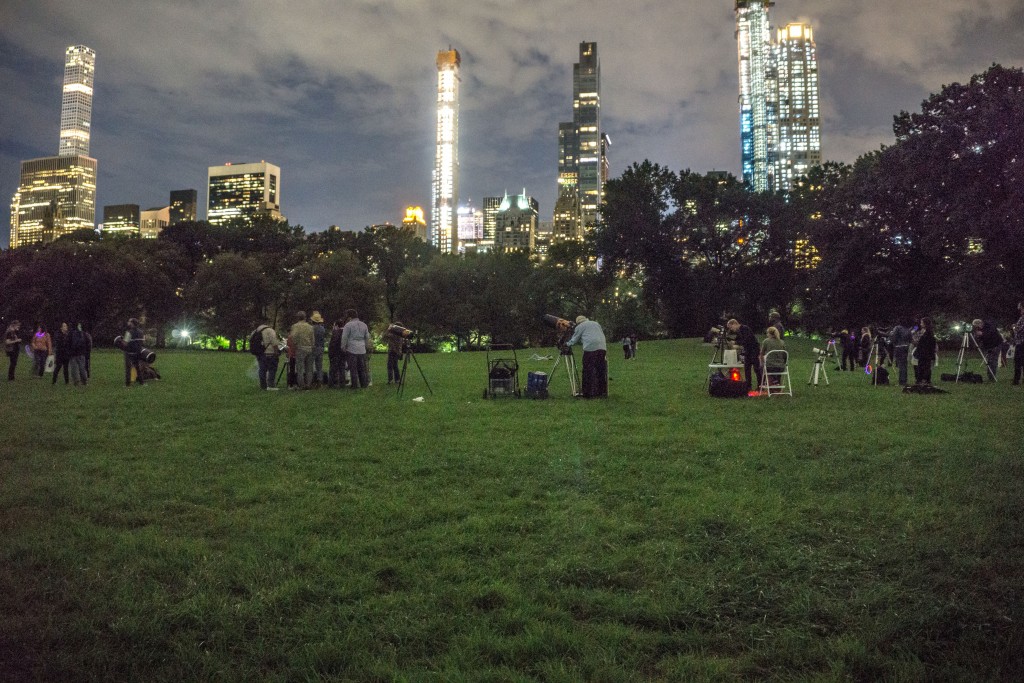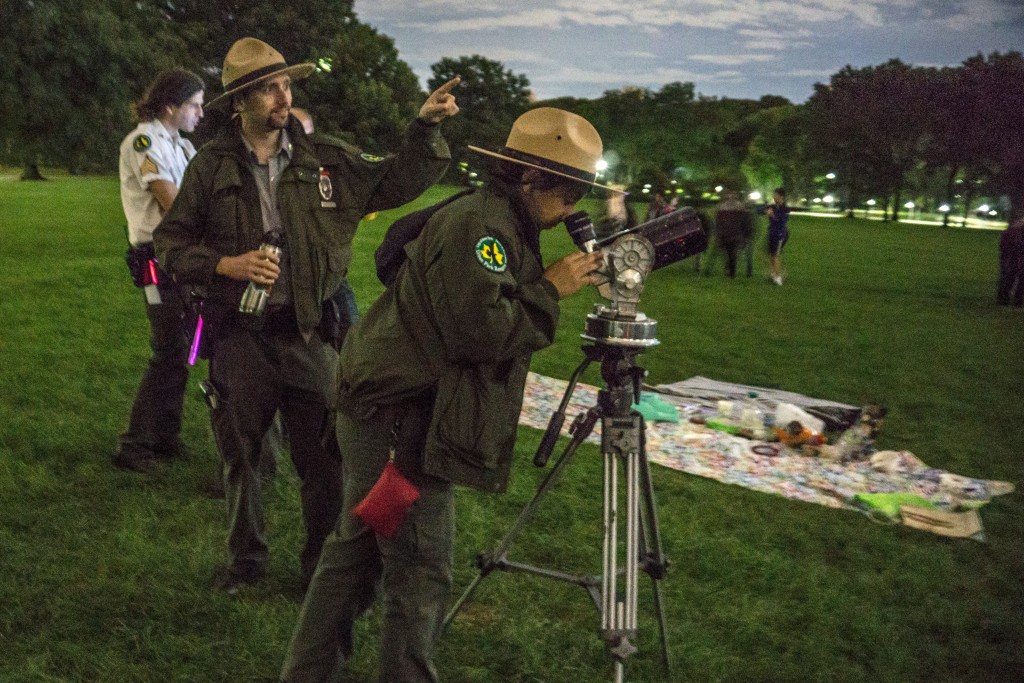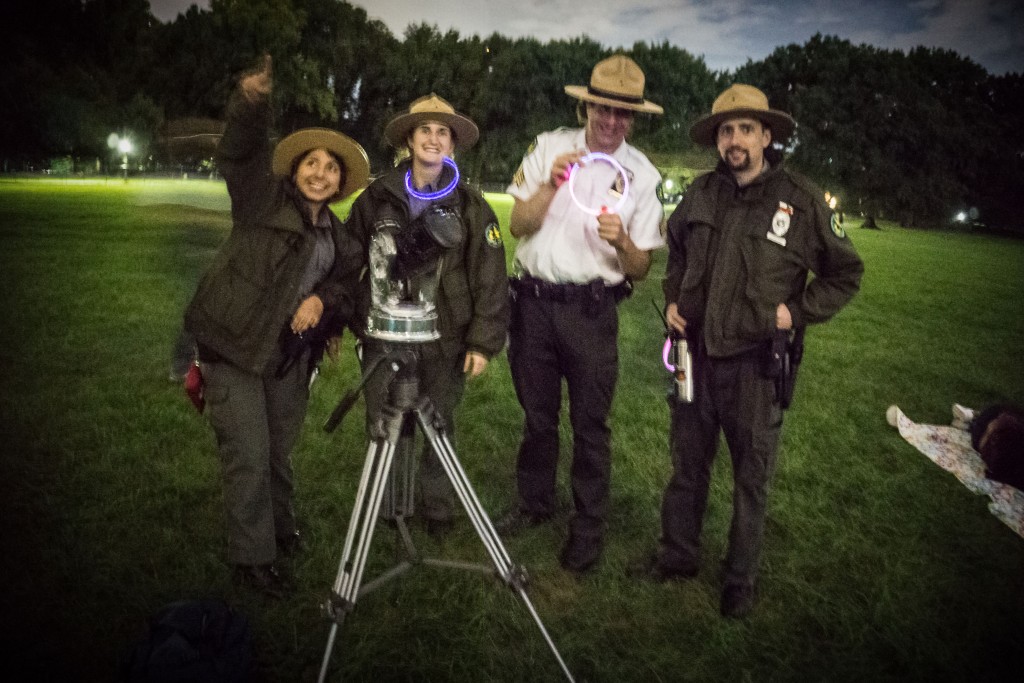I recently received requests to publish the series of quotes that are on view for the audience prior to Galileo’s Daughters’ Perpetual Motion: Galileo and His Revolutions performances. These quotes are part of some research for a larger project I am working on about Science and Music and the interaction with the science of sound and the effect of music on human psychology and physiology. They are in no particular order, and simply aim to stimulate interest in the close relationship that the sciences and music share.
Quotes:
Wherever we are what we hear is noise. When we ignore it, it disturbs us. When we listen to it, we find it fascinating. John Cage
When a vibrating motion is produced by a sound source, the air molecules start whirling, this whirling produces airwaves… which is not ‘sound’ per se… but is the state of air when it transmits sound. Ernest Anseermet “Les Fondement de la Musique
Don’t fight forces. Use them. Buckminster Fuller
Hydrologists tell us that all the waterfalls of the world, whatever their size, sound a low F which is easily audible, above which comes a perfect C major triad. What a beautiful resource! What a beautiful contribution to outdoor festivals. Erik Satie
I write my book to be read, either by present-day or future readers; what does it matter? It may wait a hundred years for its reader, since God Himself has been waiting 6,000 years for one who will penetrate His work. Johannes Kepler “Harmonice Mundi”
The embedding of words, skills or sequences in melody and meter is uniquely human. The usefulness of such an activity to recall large amounts of information, especially in a preliterate culture, is surely one reason why musical abilities have flourished in our species. Oliver Sacks “Musicophilia”
Apart from the prime fundamental tone, the octave is the interval with the lowest degree of energetic resistance. All other tones vibrate with it and thus it displays a significant role in relationship to all other intervals, a fact which is not only applicable to music but to other fields as well. The more mutual intersections occur in such a system, the less energy is needed to keep such a system going. Hans Cousto “The Cosmic Octave”
Time seems to be the radical dimension in music. John Cage “For the Birds”
Philosophy is written in that great book – I mean the universe – that forever stands open before our eyes. But you cannot read it until you have first learned to understand the language and recognize the symbols in which it is written. Galileo Galilei “The Assayer”
…I understand why the octave is the principal harmony- so like unison as often to be mistaken for it, and yet having a place with the harmonies. It resembles unison because in unison all the pulsations occur together. Galileo Galilei “Two New Sciences”
We find that the lowest frequency that our ear accepts as a tone is 20 oscillations per second and that the highest audible frequency is nearly 20,000 oscillations per second. By remembering that sounds propagate at the rate of 330 meters per second, we can calculate the wave length of audible sound and find them to range from about 1.5 cm to about 15 meters. George Gamow “Matter, Earth, and Sky”
When whirlwinds are formed by the wind streaming past an obstacle of any kind, the formation of each little whirlwind gives a slight shock, both to the obstacle and to the air in its neighborhood. If the wind blows in a continuous steady stream, these shocks are given to the air at perfectly regular intervals. We may hear a musical note -it is often described as the “whistling of the wind”. Sir James Joyce “Science and Music”
We know that all the other sciences, art and disciplines need mathematics; not only the liberal arts, but all the mechanical arts as well… And it is also certain that these mathematical sciences or disciplines are the nurses and mothers of the musical sciences…. Niccolò Tartaglia “preface to Euclid”
“Music is the greatest of all the sciences.” Johann Sebastian Bach
See another very clever tempering of this sort by Vincenzo Galilei…so that in instruments we can enjoy almost the same freedom as can the human voice. However for theorizing, and even more for investigating the nature of melody, I consider it ruinous. Johannes Kepler “Mysterium Cosmographicum”
Thus the effect of the fifth is to produce a tickling of the eardrum so that its gentleness is modified by sprightliness, giving the impression simultaneously of a gentle kiss and of a bite. Galileo Galilei “Two New Sciences”
Take three pendulum one of length 16, the next 9, the last 4. They will interplay in such a manner that the completion of of every fourth vibration of the longest pendulum, all three arrive simultaneously at the same terminus Galileo Galilei “Two New Sciences”
Ptolemy invented the “Helicon” which is merely a geometrical diagram indicating certain ratios which were thought to correspond to relations between tones of the musical scale, between colored, and colors and tones, and to represent absolute harmonic relations which permeate all nature, the proportion of the human body, of insects, of the planets in their orbits, and the entire universe. Dayton Clarence Miller “Anecdotal History of the Science of Sounds”
“Sound takes place when body strike the air, not by the air having a form impressed upon it, as some think. Aristotle (about 350 B.C.)
Air pressure is measured in “Pascals”(Pa). The air pressure at sea level is over 100,000 Pa If the pressure increases by 2 Pa (2/1000%), we hear it -not as a whisper, but as the deafening sound of a jackhammer. The sound of the lute alters air pressure by as little as 0,0005 Pa (5/10,000,000%) David Blatner “Spectrum”
Ptolemy invented the “Heicon” which is merely a geometrical diagram indicating certain ratios which were thought to correspond to relation between tones of the musical scale, between colored, and colors and tones, and to represent absolute harmonic relations which permeate all nature, the proportion of the human body, of insects, of the planets in their orbits, and the entire universe. Dayton Clarence Miller “Anecdotal History of the Science of Sounds”
Sound requires time to fill the sphere of its activity, the duration of which time is in the proportion to the distance of the sonorous body from the ear. Marin Mersenne (1588 – 1648)
It is known that if two pendulums beat close to each others. the ear can distinguish up to 1/200 of a second whether their beat coincide or not. they would fail by 1/24 of a second, or even much greater of a fraction of a second, if it had to decide if whether two flashes of light coincide or not. ”Herman von Helmholtz”
”If we succeed in an entirely exact and complete explanation of music, namely, to repeat in language what music says, we would have a sufficient explanation of the world.”Arthur Shopenhauer”
Newton’s law of motion unlocked the secrets of vibration and resonance from which, through the Fourier idea, we can understand the and construct complex waveforms from simple ones. Stephon Alexander “The Jazz of Physics”
Is the universe noise, that question is not as strange as it sounds. Noise is an unwanted signal. Signal is anything that conveys information or ultimately anything that has energy. The universe consists of a great deal of energy. Indeed a working definition of the universe is all energy anywhere ever. Bart Kosko “Noise”
In a flute, standing sound wave can vibrate at only certain special frequencies, so could something analogous de determinate the frequencies with which electron could orbit in atoms? Max Tegmark “Our Mathematical Universe”





